Home>Garden Essentials>What Is Organic Crop Rotation


Garden Essentials
What Is Organic Crop Rotation
Modified: March 15, 2024
Learn the benefits of organic crop rotation for your garden. Enhance soil fertility, manage pests naturally, and promote sustainable gardening practices.
(Many of the links in this article redirect to a specific reviewed product. Your purchase of these products through affiliate links helps to generate commission for Storables.com, at no extra cost. Learn more)
Introduction
Gardening is a beloved activity for many individuals, whether they have a spacious backyard or a small balcony. It allows us to connect with nature, grow our own fresh produce, and create beautiful outdoor spaces. In recent years, there has been a growing interest in organic gardening and sustainable practices. One important technique in organic gardening is organic crop rotation.
Organic crop rotation is a method where different crops are planted in a specific sequence over a period of time. This practice is rooted in the principles of sustainable agriculture and aims to improve soil health, manage pests, and prevent soil depletion. By rotating crops, gardeners can maintain a balanced ecosystem, increase yields, and reduce the need for synthetic fertilizers and pesticides.
In this article, we will delve deeper into the concept of organic crop rotation, its benefits, principles, different types, and steps to implement it successfully in your garden. We will also discuss some of the challenges and considerations to keep in mind when practicing organic crop rotation. So, let’s dig in and explore the world of organic crop rotation!
Key Takeaways:
- Organic crop rotation is like a choreographed dance for plants, where they take turns to grow in the garden. This helps keep the soil healthy, manage pests, and reduce the need for chemicals.
- By mixing up the types of plants in the garden, organic crop rotation creates a balanced and eco-friendly environment. It’s like a natural way of keeping the garden happy and productive!
Read more: What Was Crop Rotation?
Definition of Organic Crop Rotation
Organic crop rotation is a systematic approach to planting different crops in a specific sequence within a defined area. It is a fundamental practice in organic farming and gardening that involves the orderly rotation of crops over time. The goal of organic crop rotation is to enhance soil fertility, manage weeds, pests, and diseases, and ultimately promote sustainable and environmentally friendly agricultural practices.
In organic crop rotation, the choice of crops and their sequence is vital. Different crops have varying nutrient requirements, growth habits, and pest susceptibility. By rotating crops, gardeners can break pest and disease cycles, prevent the buildup of soil-borne pathogens, and optimize nutrient availability in the soil.
Organic crop rotation is guided by the understanding that each crop has unique interactions with the soil, pests, and diseases. By diversifying the crops grown in a particular area, the ecological balance within the garden or farm can be preserved. Crop rotation is not a one-size-fits-all approach; it needs to be tailored according to the specific needs and conditions of a particular garden or farm.
The duration of each crop in the rotation cycle can vary, depending on factors such as climate, soil condition, and the specific goals of the gardener. Some crops may be grown for a single season, while others may be part of a multi-year rotation cycle.
It is important to note that organic crop rotation is not just about substituting chemical fertilizers and pesticides with organic alternatives. It is a holistic approach that seeks to mimic natural processes and create a sustainable and self-regulating ecosystem within the garden or farm.
By practicing organic crop rotation, gardeners can reduce their reliance on synthetic inputs, promote soil health and biodiversity, and contribute to a more sustainable and resilient agricultural system.
Benefits of Organic Crop Rotation
Organic crop rotation offers a wide array of benefits for both the soil and the overall health of the garden or farm. Let’s explore some of the key advantages of incorporating this practice into your gardening routine:
- Improved Soil Fertility: Organic crop rotation helps enhance soil fertility by replenishing nutrients naturally. Different crops have different nutrient requirements, and rotating crops allows for a balanced utilization of soil nutrients. This reduces the need for synthetic fertilizers and promotes a healthier soil ecosystem.
- Pest and Disease Management: Crop rotation disrupts the life cycles of pests and diseases. By planting different crops in a sequence, gardeners can reduce the buildup of pests and diseases that specifically target certain crops. This decreases the reliance on chemical pesticides and promotes natural pest control mechanisms.
- Weed Suppression: Rotating crops can help suppress the growth of weeds. Some crops have allelopathic properties, meaning they release biochemical compounds that inhibit the growth of weeds. By alternating crops with different weed suppression abilities, gardeners can manage weeds more effectively without the use of herbicides.
- Enhanced Nutrient Cycling: Organic crop rotation promotes a more efficient nutrient cycling process. Certain crops, such as legumes, have the ability to fix nitrogen from the atmosphere and make it available in the soil. By including nitrogen-fixing crops in the rotation, gardeners can naturally increase soil fertility and minimize the need for supplemental nitrogen fertilizers.
- Reduced Soil Erosion: Different crops have varying root structures, which can help improve soil structure and stability. Deep-rooted crops, for example, can penetrate compacted soil layers, improving water infiltration and reducing soil erosion. This helps to maintain the overall health and quality of the soil.
Overall, organic crop rotation plays a crucial role in maintaining soil health, managing pests and diseases, reducing chemical inputs, and promoting a more sustainable and resilient gardening or farming system. It is a valuable tool for organic gardeners and farmers who strive to create harmonious and eco-friendly ecosystems within their growing spaces.
Principles of Organic Crop Rotation
Organic crop rotation is based on several key principles that guide the selection and organization of crops in a rotation cycle. These principles are essential for maximizing the benefits of crop rotation and maintaining a healthy and productive garden or farm. Let’s explore the key principles of organic crop rotation:
- Diversity: One of the fundamental principles of organic crop rotation is promoting diversity. By growing a wide variety of crops, gardeners can reduce the risk of pest and disease outbreaks and improve overall soil health. Different crops have varying nutrient requirements and interact differently with the soil ecosystem, creating a more resilient and balanced growing environment.
- Succession Planning: Organic crop rotation involves careful planning and timing of the crops throughout the growing season. Succession planning ensures that there is a smooth transition from one crop to another, minimizing downtime and optimizing the use of available resources. This helps to maintain a continuous supply of fresh produce and prevents nutrient imbalances in the soil.
- Crop Families: Closely related crops often share similar pests, diseases, and nutrient requirements. Organizing crops into different families and avoiding planting related crops in consecutive years can help break pest and disease cycles. This principle is known as crop family rotation and is an important component of organic crop rotation.
- Rotation Duration: The duration of each crop in the rotation cycle is another critical aspect of organic crop rotation. Some crops may be grown for a single season, while others may be part of a multi-year rotation cycle. The duration of each crop depends on factors such as the growth habit, nutrient needs, and pest susceptibility. Understanding the specific requirements of each crop helps ensure the success of the rotation cycle.
- Soil Improvement: Organic crop rotation aims to improve soil health and fertility over time. Including nitrogen-fixing legumes in the rotation helps increase soil nitrogen levels naturally. Planting cover crops during fallow periods helps protect the soil from erosion, adds organic matter, and helps suppress weeds. These practices contribute to overall soil improvement and sustainability.
By following these principles, gardeners can create a well-balanced and effective organic crop rotation system. This approach not only maximizes yields but also promotes the long-term health and vitality of the soil and surrounding ecosystem.
Tip: Organic crop rotation is a farming practice where different crops are planted in the same field in a planned sequence. This helps improve soil health, reduce pests and diseases, and increase crop yields.
Types of Organic Crop Rotation
Organic crop rotation can be tailored to suit the specific needs of a garden or farm. There are several different types of organic crop rotation systems that gardeners can adopt based on their goals, available space, and resources. Let’s explore some common types of organic crop rotation:
- Sequential Rotation: Sequential rotation involves a simple cycle of rotating crops in a specific order. For example, a common sequential rotation method is the 3-year rotation plan, where crops are divided into three groups based on their nutrient requirements and compatibility. Each group is planted in a different area each year, and the cycle repeats every three years. This type of rotation helps prevent the buildup of pests and diseases and allows for efficient nutrient management.
- Alternate Rotation: In alternate rotation, two or more crops are grown alternately in a specific order. This type of rotation is particularly useful when there are limited growing areas or when certain crops have specific soil requirements. For instance, one year, you might plant a nitrogen-fixing legume to replenish soil nutrients, followed by a high-demand vegetable crop the next year. Alternating between different crop types helps maintain soil fertility and minimizes nutrient depletion.
- Companion Planting Rotation: Companion planting is a gardening technique where compatible plants are grown together to benefit each other. In a companion planting rotation, crops with beneficial relationships are strategically rotated to optimize their mutual benefits. For example, planting marigolds with tomatoes can help repel pests, so they can be rotated together to protect the tomato plants. This type of rotation maximizes crop health and natural pest control.
- Intercropping: Intercropping involves growing two or more different crops simultaneously in the same area. This type of rotation is useful for maximizing space and resources. For example, you can intercrop fast-growing vegetables with slower-growing ones, so you can harvest multiple crops from the same area. Intercropping promotes biodiversity, reduces pest and disease pressure, and optimizes yield.
- Succession Planting: Succession planting is a type of rotation where crops are planted in succession within the same growing season. As one crop is harvested, another is planted in its place. This type of rotation ensures a continuous supply of fresh produce throughout the season and minimizes the risk of pests and diseases building up. Succession planting is especially beneficial for gardeners with limited space or for those who want to maximize their harvest.
Remember, the choice of the appropriate type of organic crop rotation depends on various factors such as location, climate, available resources, and gardening goals. Experimentation and learning from experience will help you identify the most effective rotation system for your specific needs.
Read more: What Is Crop Rotation Strip Cropping
Steps to Implement Organic Crop Rotation
Implementing organic crop rotation in your garden or farm requires careful planning and organization. Following a step-by-step approach will help ensure a successful rotation cycle and maximize the benefits of this sustainable farming practice. Here are the key steps to implement organic crop rotation:
- Assess Your Garden: Start by evaluating your garden space, including the soil type, available sunlight, and climate conditions. This assessment will help you understand the limitations and opportunities of your garden and select suitable crops for rotation.
- Choose Your Crops: Select a diversity of crops that are well-suited to your garden’s conditions, taking into consideration their nutrient requirements, growth habits, and compatibility. Consider incorporating nitrogen-fixing legumes, such as beans or peas, to naturally replenish soil nitrogen.
- Plan the Rotation Cycle: Develop a rotation plan that outlines the sequence and duration of each crop in the rotation. Consider factors such as crop families, nutrient needs, and pest and disease management. Ideally, aim for a rotation cycle that spans multiple years to maximize the benefits.
- Prepare the Soil: Before planting each crop, prepare the soil by incorporating organic matter, such as compost or well-rotted manure, to improve soil fertility. Conduct soil tests to assess nutrient levels and pH and make any necessary amendments based on the crop’s requirements.
- Plant and Maintain Crops: Plant each crop according to its specific requirements, providing adequate spacing, water, and sunlight. Implement proper pest and disease management practices, such as regular monitoring and natural pest control methods. Weed regularly and use mulch to suppress weed growth.
- Harvest and Rotate: Harvest your crops at the appropriate time, following best practices for each crop. Once harvested, remove plant residues and debris to minimize the risk of pests and diseases. Rotate the next crop into the designated area, following your planned rotation cycle.
- Monitor and Evaluate: Monitor the health and performance of each crop throughout the growing season. Take note of any pest or disease issues and make adjustments as necessary. Evaluate the success of your rotation cycle at the end of each season and make improvements or modifications for the following year.
Remember, organic crop rotation is a dynamic process that requires adaptability and continuous learning. Each garden or farm has its unique conditions, so it’s important to observe and respond to the specific needs and challenges of your growing space. By following these steps, you can implement a successful organic crop rotation system and enjoy the many benefits it brings to your garden or farm.
Challenges and Considerations in Organic Crop Rotation
While organic crop rotation offers numerous benefits, there are also challenges and considerations to be mindful of when incorporating this practice into your gardening or farming routine. Understanding and addressing these challenges will help you navigate them successfully. Here are some key challenges and considerations in organic crop rotation:
- Pest and Disease Management: Organic crop rotation can help manage pests and diseases, but it may not completely eliminate them. Some pests and diseases have a wide host range and can still affect crops within the rotation cycle. It is important to have proactive pest and disease management strategies in place, such as promoting biodiversity and using organic pest control methods, to minimize their impact.
- Site Limitations: The layout and constraints of your garden or farm may pose challenges in implementing an effective crop rotation system. Factors like limited space, soil conditions, or sunlight availability can influence the selection and rotation of crops. Consider these limitations and adapt your rotation plan accordingly, making the best use of the available resources.
- Crop Timing and Synchronization: Different crops have specific planting and harvesting times, which can affect the success of crop rotation. Ensuring proper timing and synchronization among the crops in the rotation cycle is essential to maintain a continuous flow of produce and prevent nutrient imbalances in the soil. Pay close attention to the growth habits and maturity times of each crop in your rotation plan.
- Long-Term Planning: Organic crop rotation is a long-term strategy that requires careful planning and organization. It may take several years to see the full benefits, as the soil ecosystem gradually improves and pests and diseases are managed more effectively. Patience and commitment are key in implementing and maintaining a successful organic crop rotation system.
- Knowledge and Experience: To implement organic crop rotation effectively, it is essential to have a good understanding of crop families, pest and disease interactions, and nutrient requirements. Learning from experienced gardeners, attending workshops, or conducting research can provide valuable knowledge to overcome challenges and make informed decisions.
- Adapting to Changing Conditions: As weather patterns, environmental factors, and pest populations change, it is important to adapt the crop rotation plan accordingly. Flexibility is crucial in responding to unforeseen challenges, such as extreme weather events or emerging diseases. Stay observant and be prepared to adjust your rotation strategy as needed.
- Record Keeping: Keeping detailed records of your crop rotation system can help track the performance of each crop, identify patterns of pests or diseases, and make informed decisions for future rotations. Good record-keeping will also aid in assessing the overall effectiveness and success of your organic crop rotation practices.
By considering these challenges and addressing them proactively, you can overcome potential obstacles and derive the maximum benefits from implementing organic crop rotation in your garden or farm. Embrace the learning process, be open to experimentation, and continuously adapt your approach to achieve sustainable and productive results.
Conclusion
Organic crop rotation is an invaluable technique in organic gardening and farming that offers numerous benefits for soil health, pest management, and overall sustainability. By following the principles of crop rotation, implementing the appropriate rotation system, and considering the challenges and considerations, gardeners and farmers can create thriving and resilient agricultural ecosystems.
Through organic crop rotation, the soil’s fertility can be improved, pests and diseases can be managed naturally, and the reliance on synthetic inputs can be reduced. The diversity of crops, careful planning of rotation cycles, and proper maintenance of crops all contribute to healthier soil, increased yields, and a more sustainable food production system.
However, it is important to remember that organic crop rotation is not a one-size-fits-all solution. It requires adaptation to specific garden or farm conditions, constant learning, and adjustment based on observed results. It may take time to see the full benefits of organic crop rotation, as it is a long-term investment in the health and productivity of the soil.
As gardeners and farmers implement organic crop rotation, they contribute to the conservation of natural resources, reduction of chemical inputs, and promotion of biodiversity. By prioritizing sustainable practices and embracing the challenges that come with crop rotation, we can contribute to a healthier environment and a more sustainable future.
In conclusion, organic crop rotation is a powerful tool for gardeners and farmers seeking to cultivate thriving and sustainable growing spaces. By incorporating diversity, adhering to the principles of crop rotation, and adapting to site-specific conditions, we can reap the benefits of improved soil fertility, reduced pests and diseases, and ultimately, a more sustainable and resilient food production system.
Frequently Asked Questions about What Is Organic Crop Rotation
Was this page helpful?
At Storables.com, we guarantee accurate and reliable information. Our content, validated by Expert Board Contributors, is crafted following stringent Editorial Policies. We're committed to providing you with well-researched, expert-backed insights for all your informational needs.



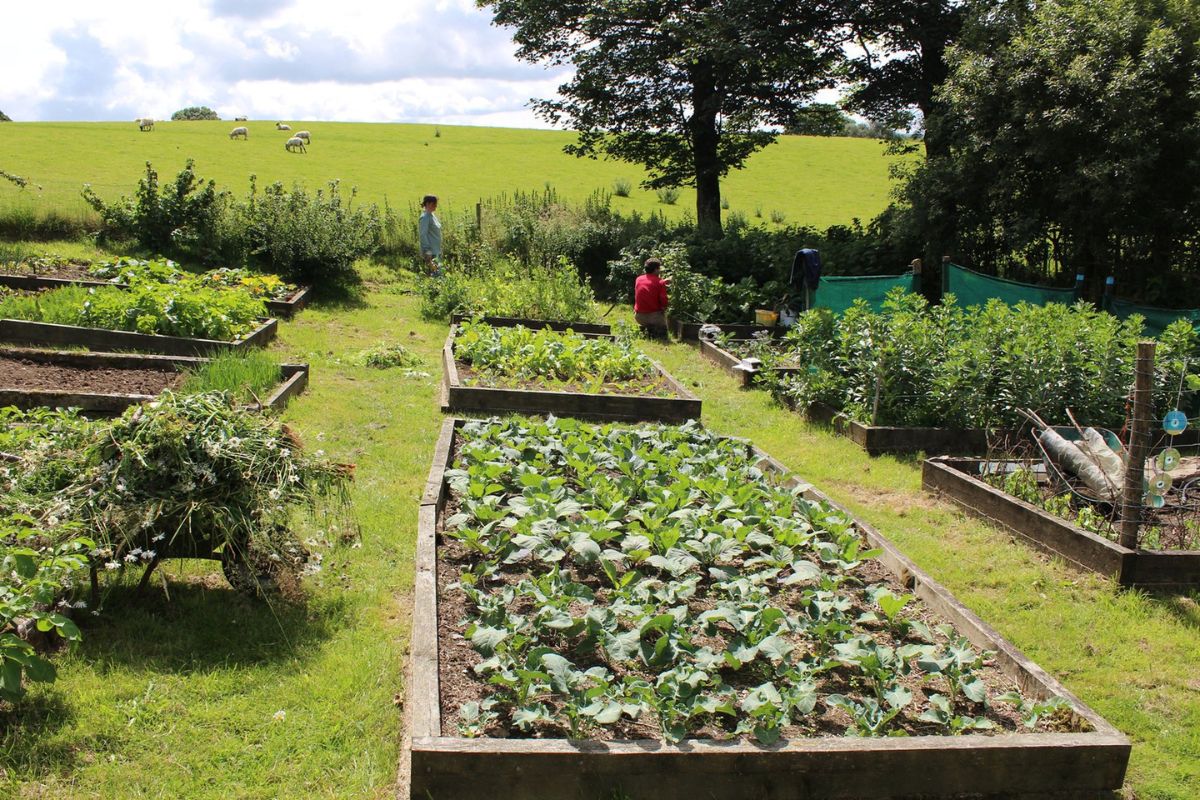
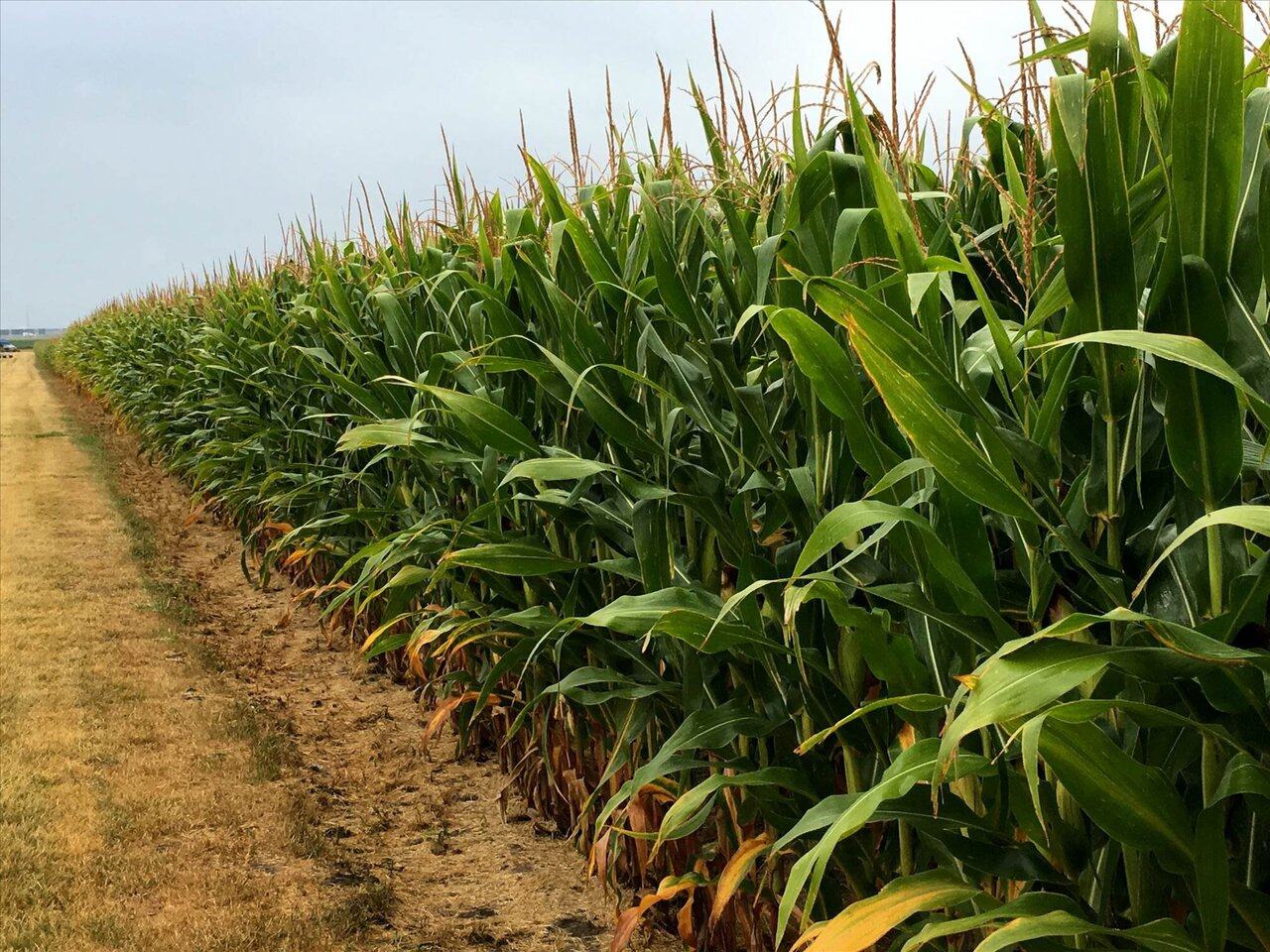
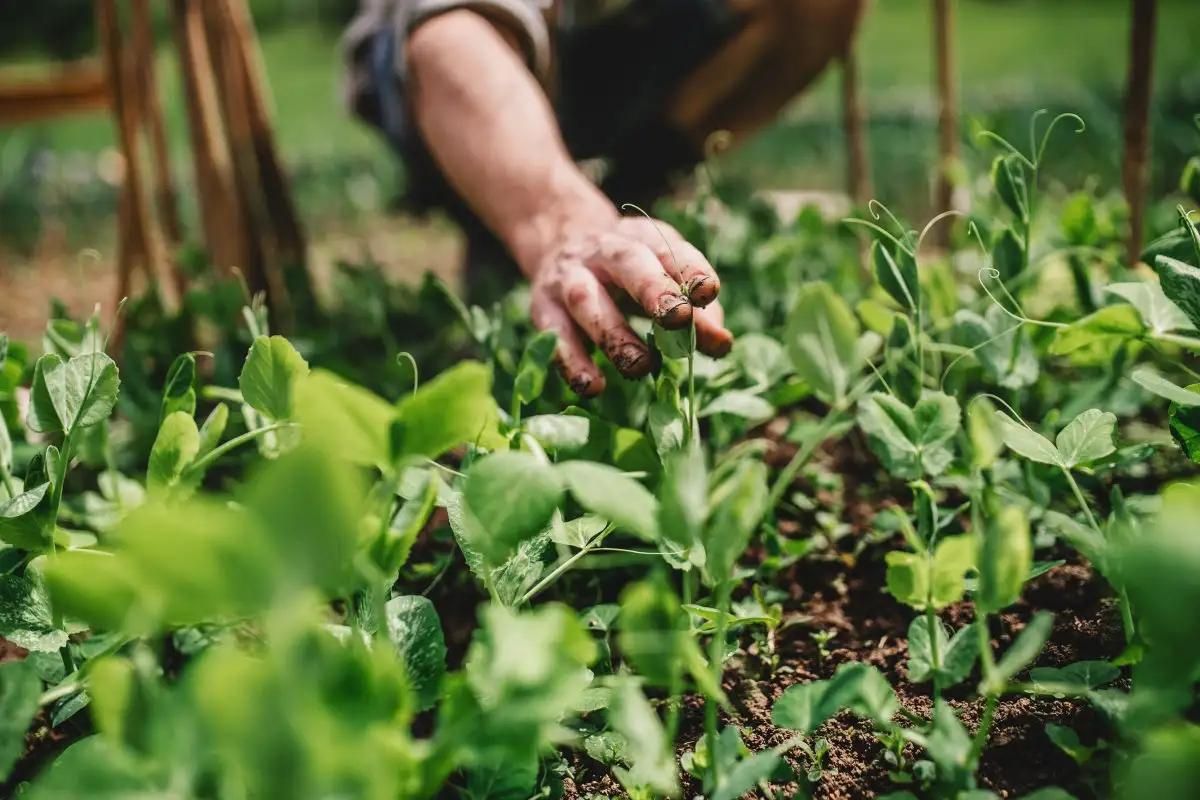
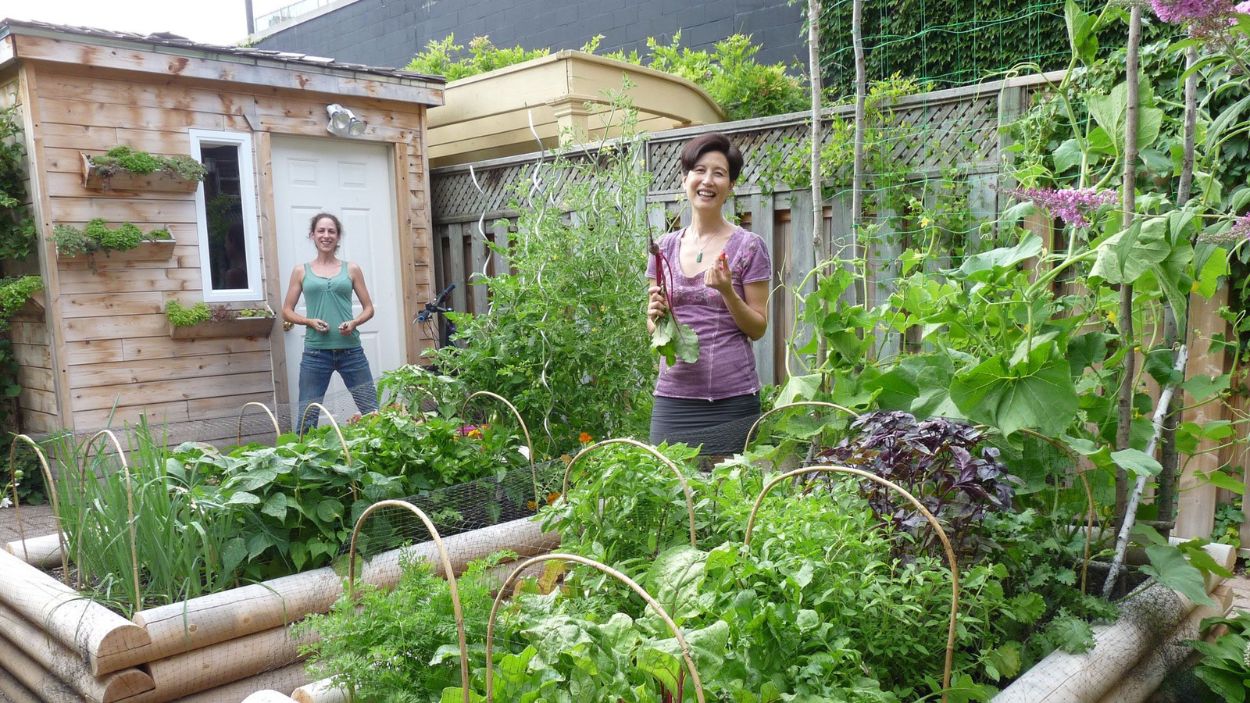


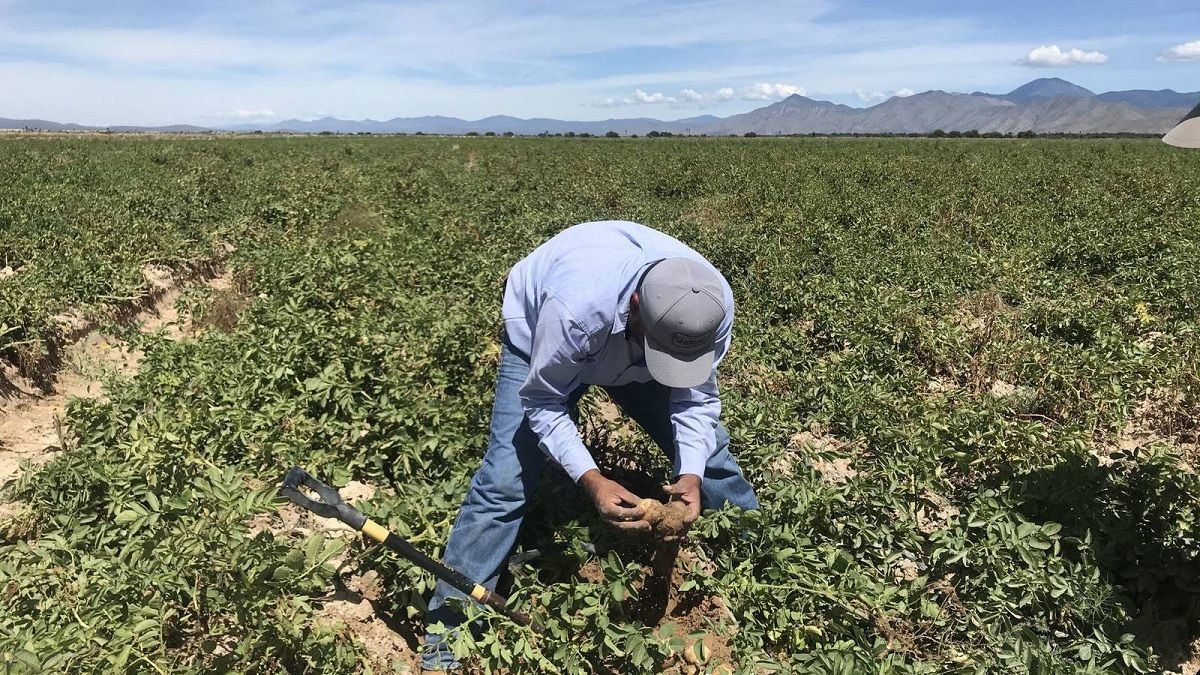
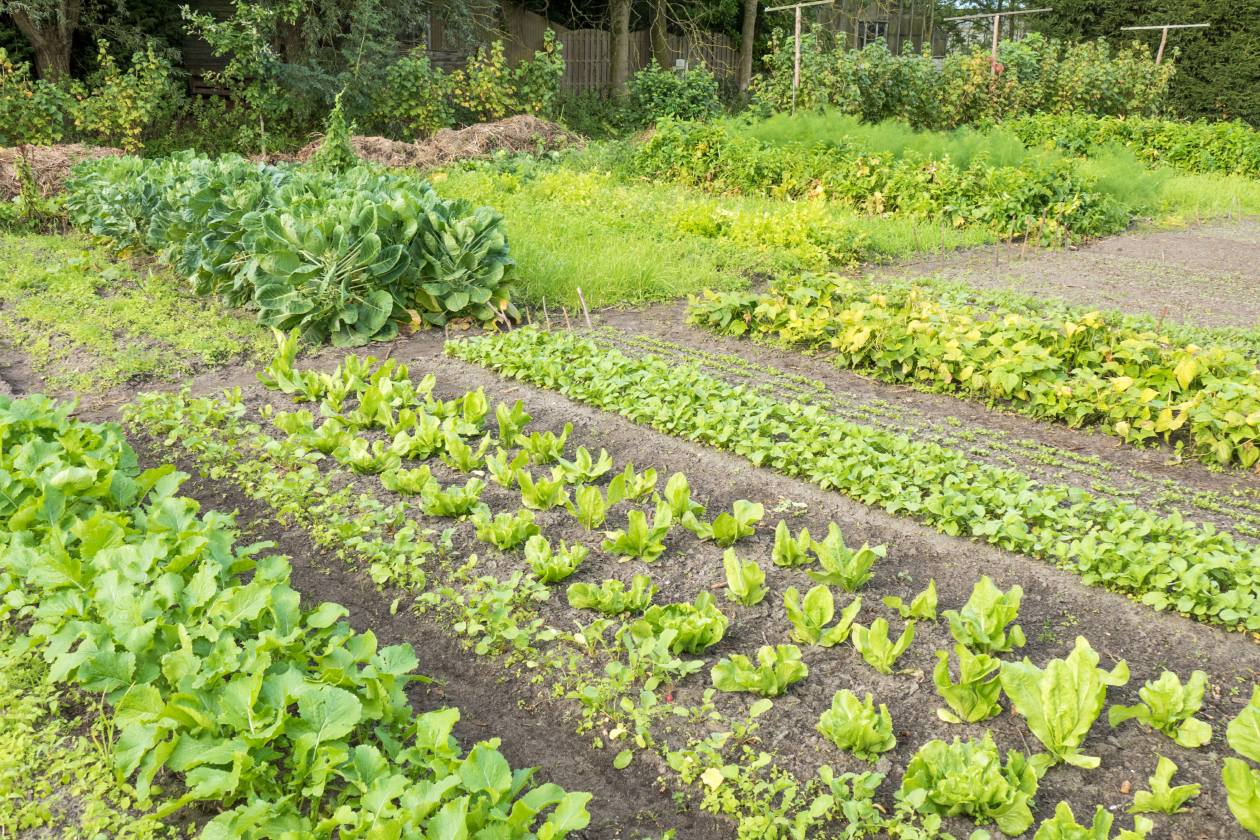


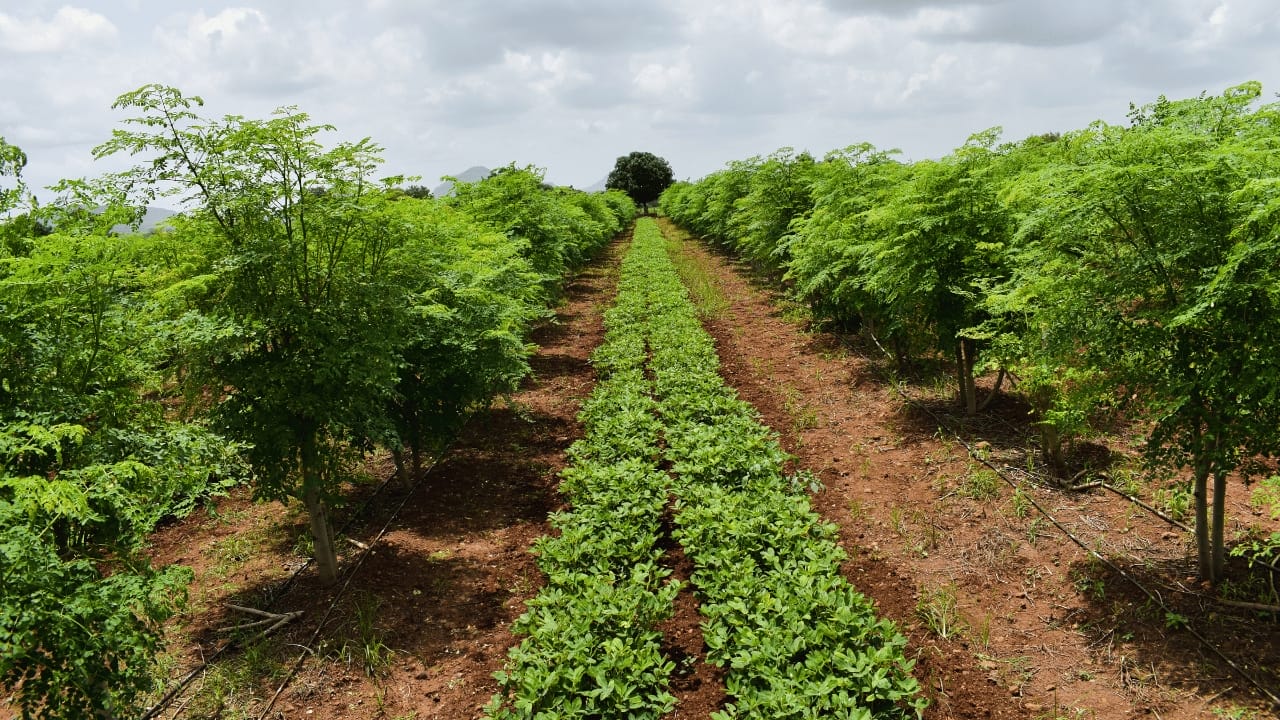

0 thoughts on “What Is Organic Crop Rotation”